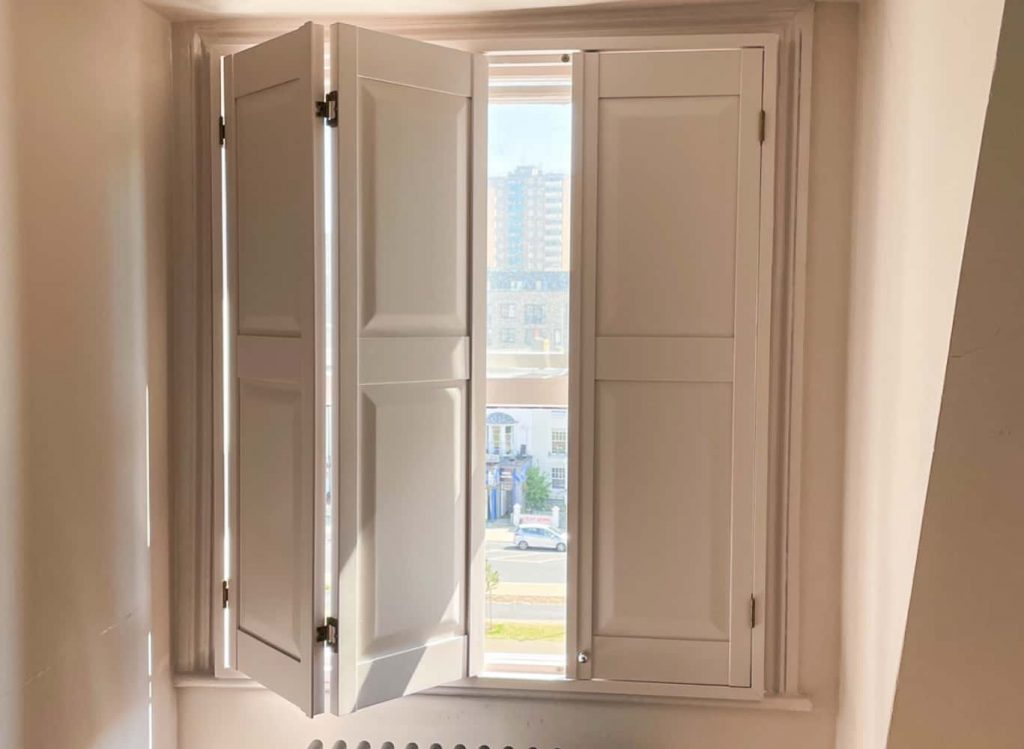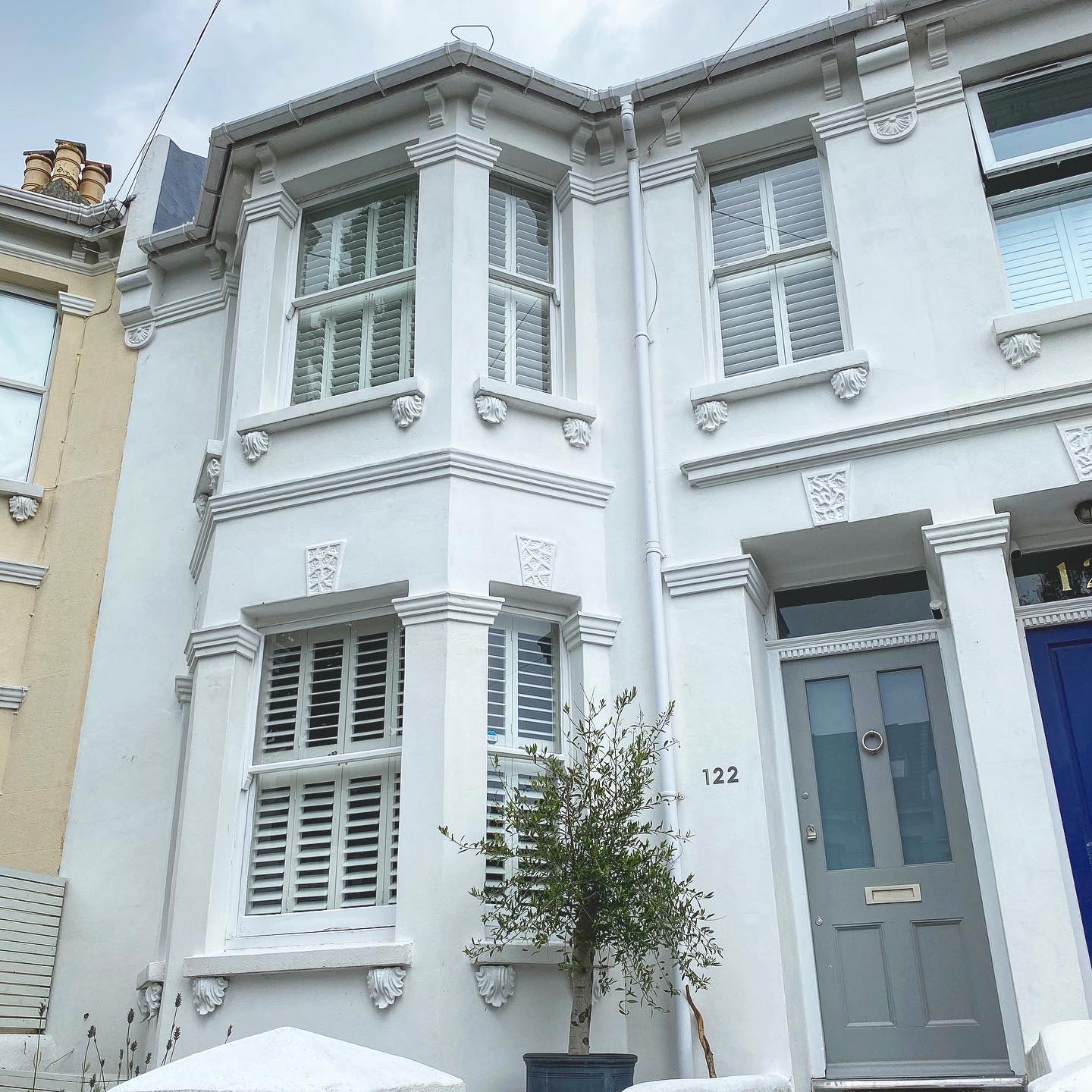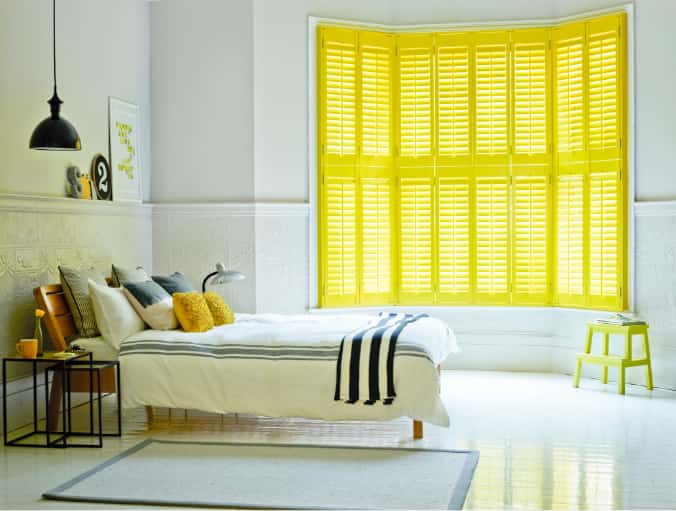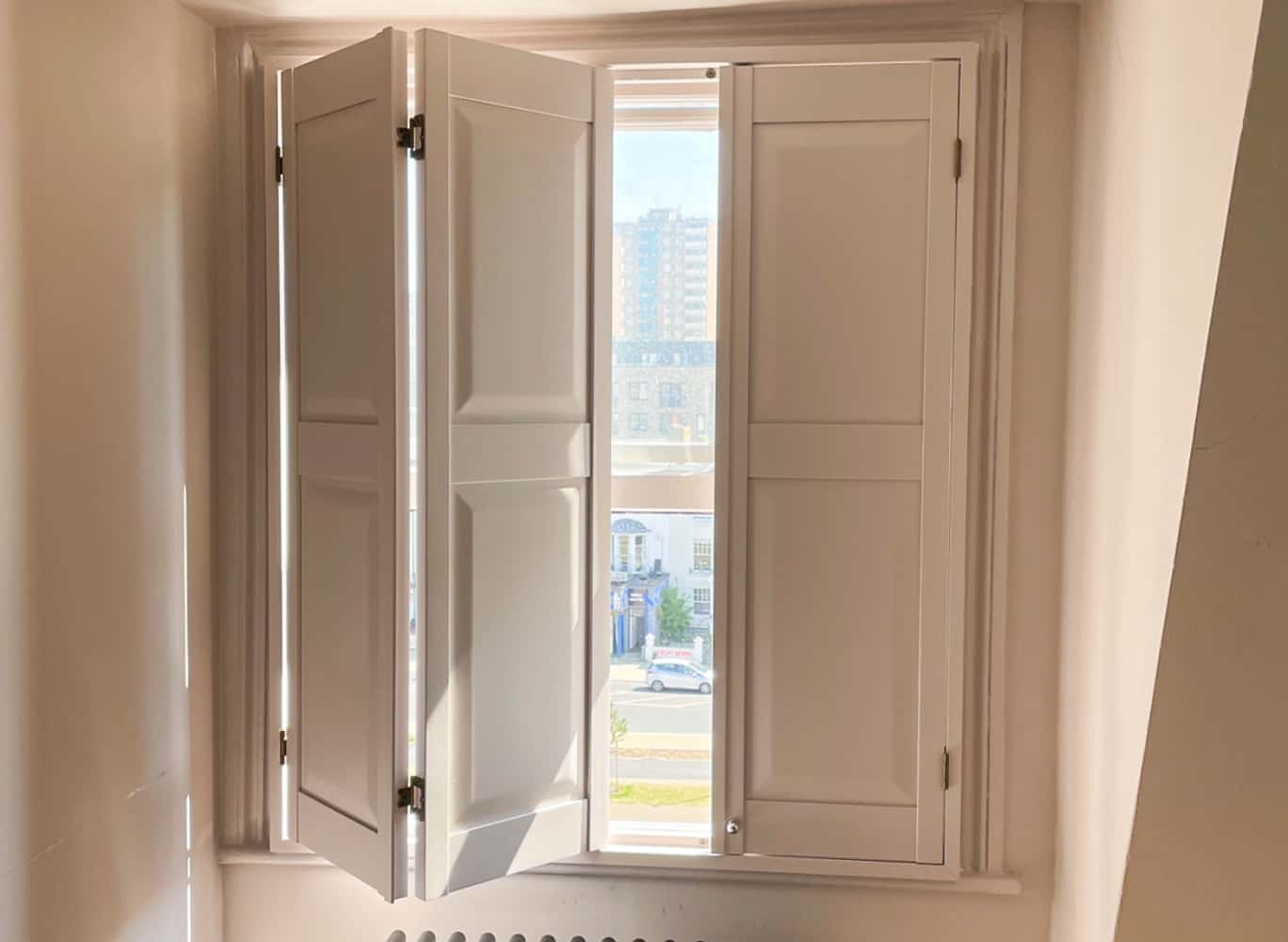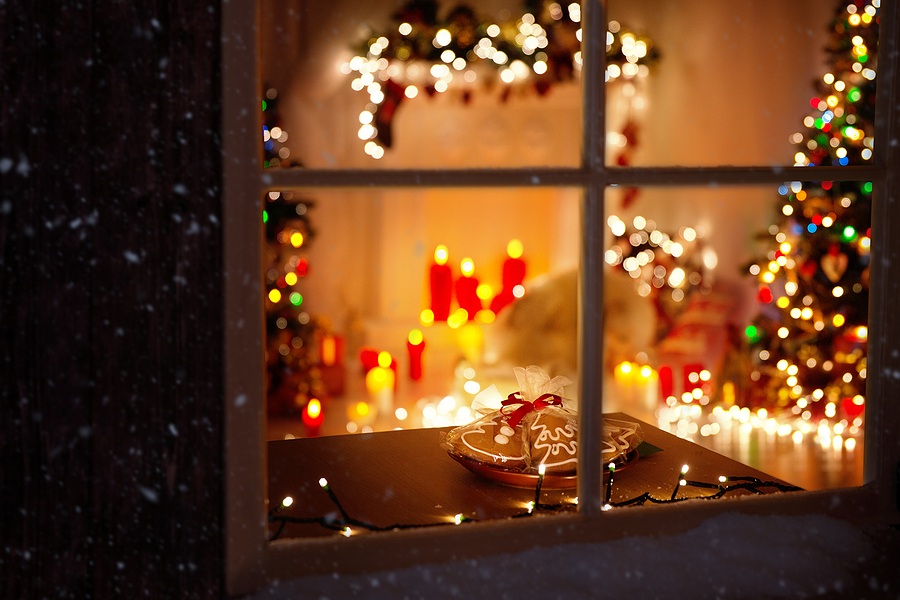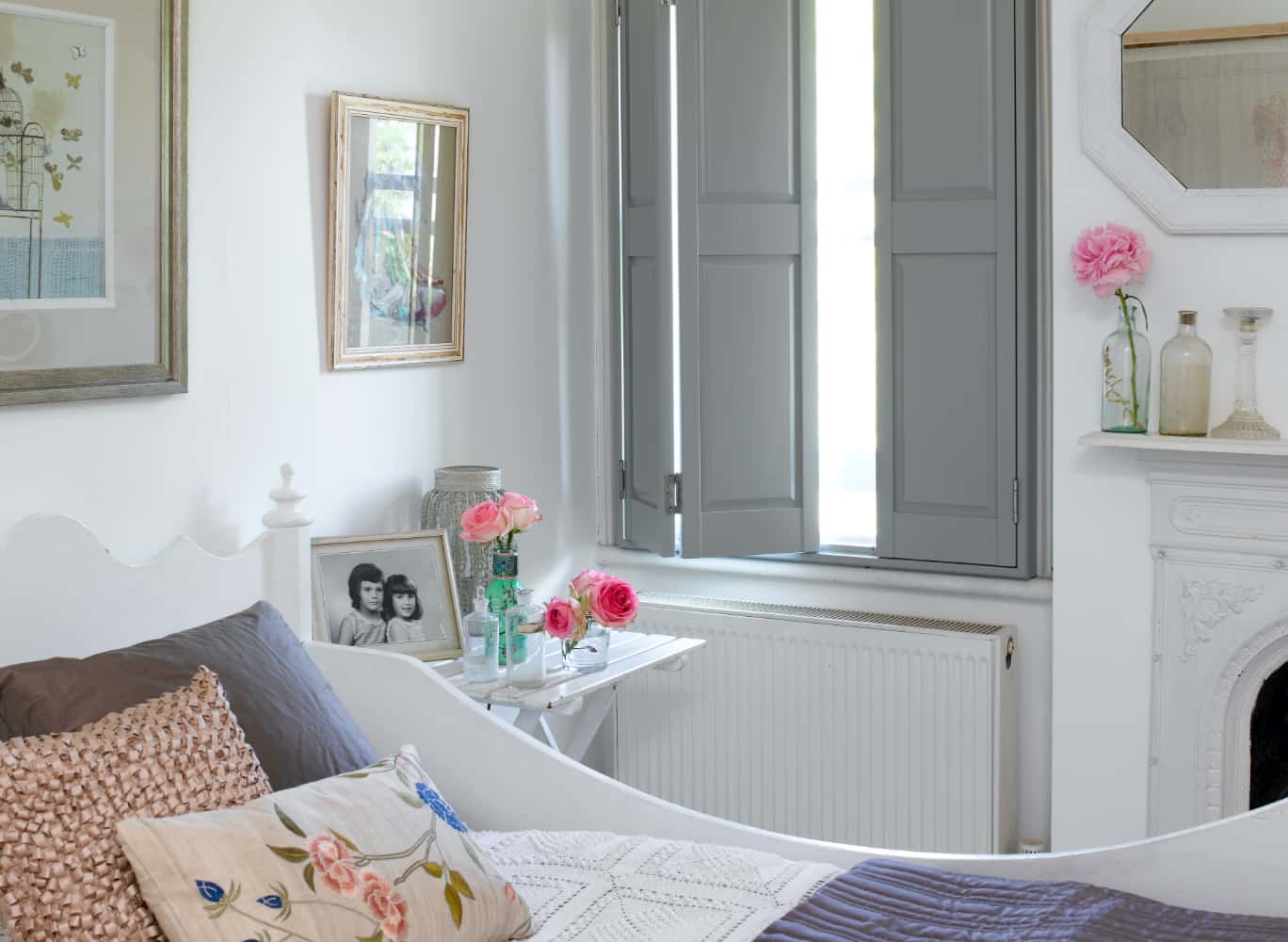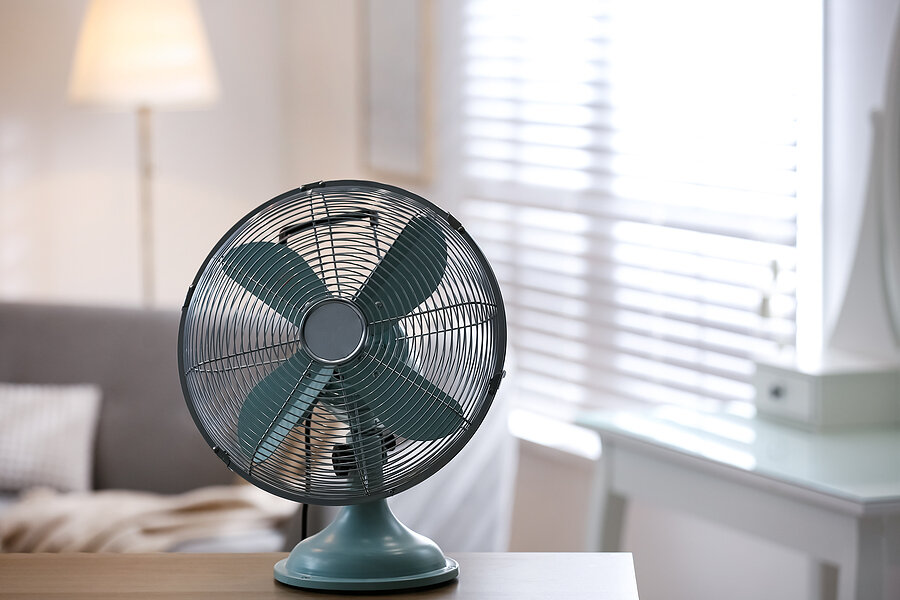Half Of Brits Planning To Renovate, Despite Financial Crisis
Households up and down the country are growing increasingly concerned about the rising cost of living, but this has not stopped half of Brits planning to renovate their home this year. According to the latest findings from Experian, the majority of the country want to update their home before 2022 is over, with one in […]
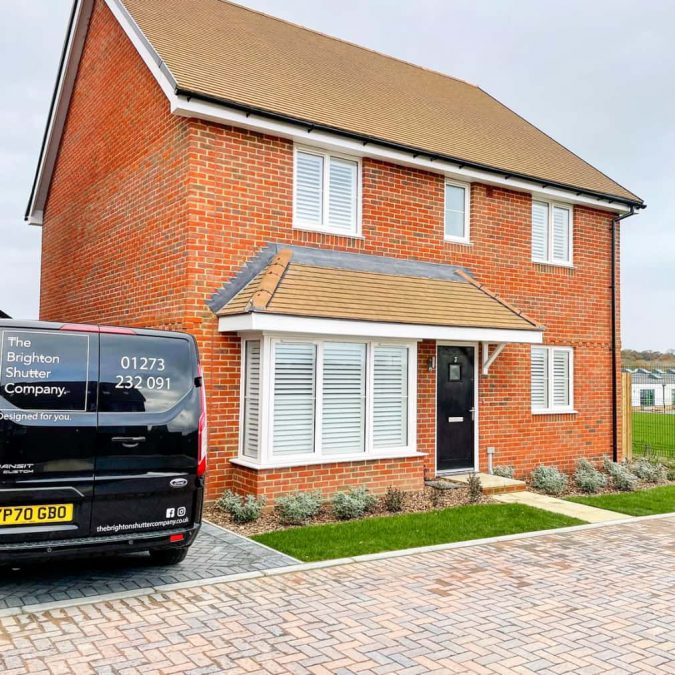
Households up and down the country are growing increasingly concerned about the rising cost of living, but this has not stopped half of Brits planning to renovate their home this year.
According to the latest findings from Experian, the majority of the country want to update their home before 2022 is over, with one in ten of these doing so to make their property more energy-efficient. This will help them pay for household energy bills, as these continue to rise, reported the Express.
Head of consumer affairs at Experian James Jones told the newspaper: “As the cost-of-living crisis continues to squeeze families, households are being forced to tightly budget.”
The survey found as much as a third of people are planning home improvement jobs to add value to their property, as well as boost their mood. This will help them if they go to sell their home, as they will be able to increase their equity and, potentially, release some cash.
One way to increase the asking price of a property and improve its energy-efficiency is to install shutter blinds in your Brighton home.
These look chic and stylish, from both the inside and outside, helping to boost the home’s kerb appeal and get viewers through the front door.
In addition to this, they are excellent at keeping houses warm during the winter, as they create a substantial barrier to the outside and prevent heat from escaping.
Solid shutters, in particular, are a good choice for cold houses, as the block of wood prevents any heat loss.

